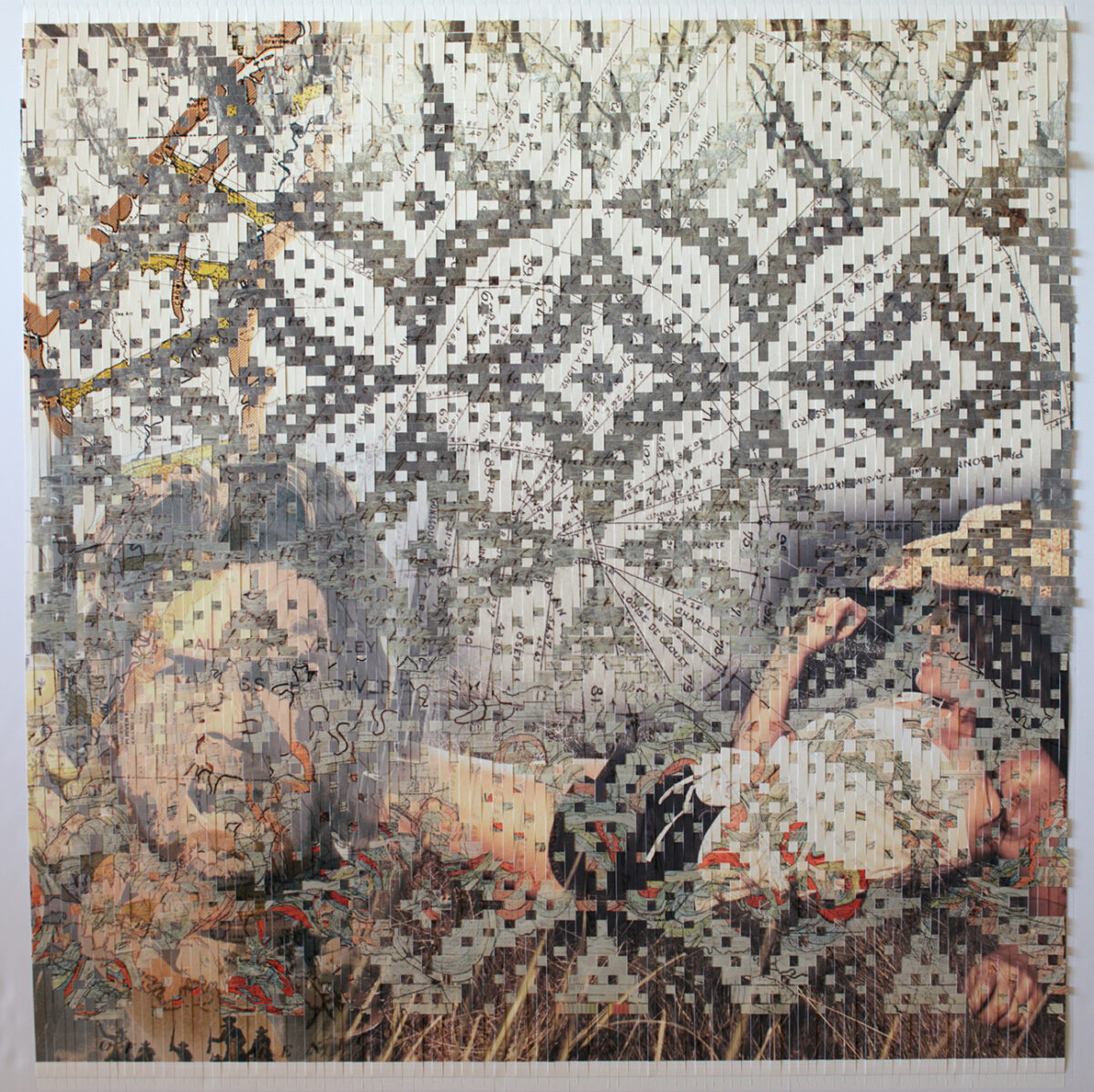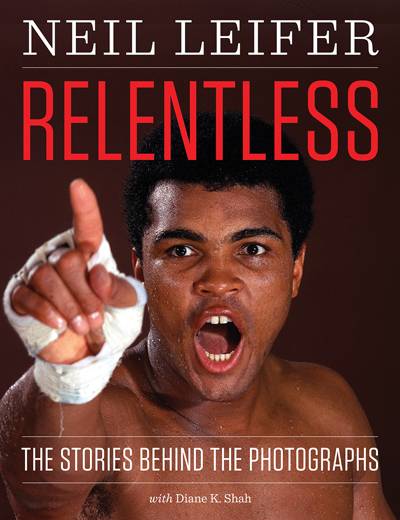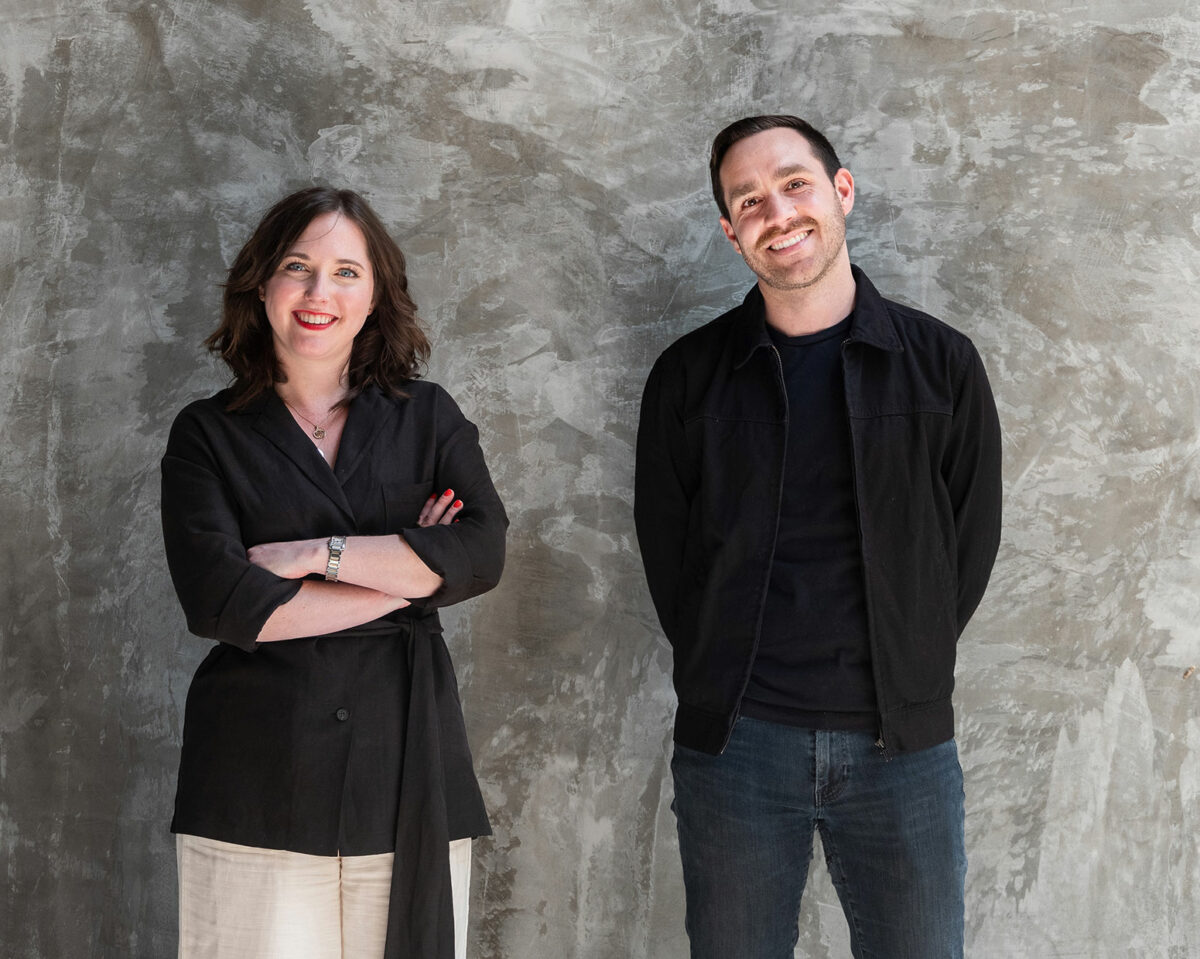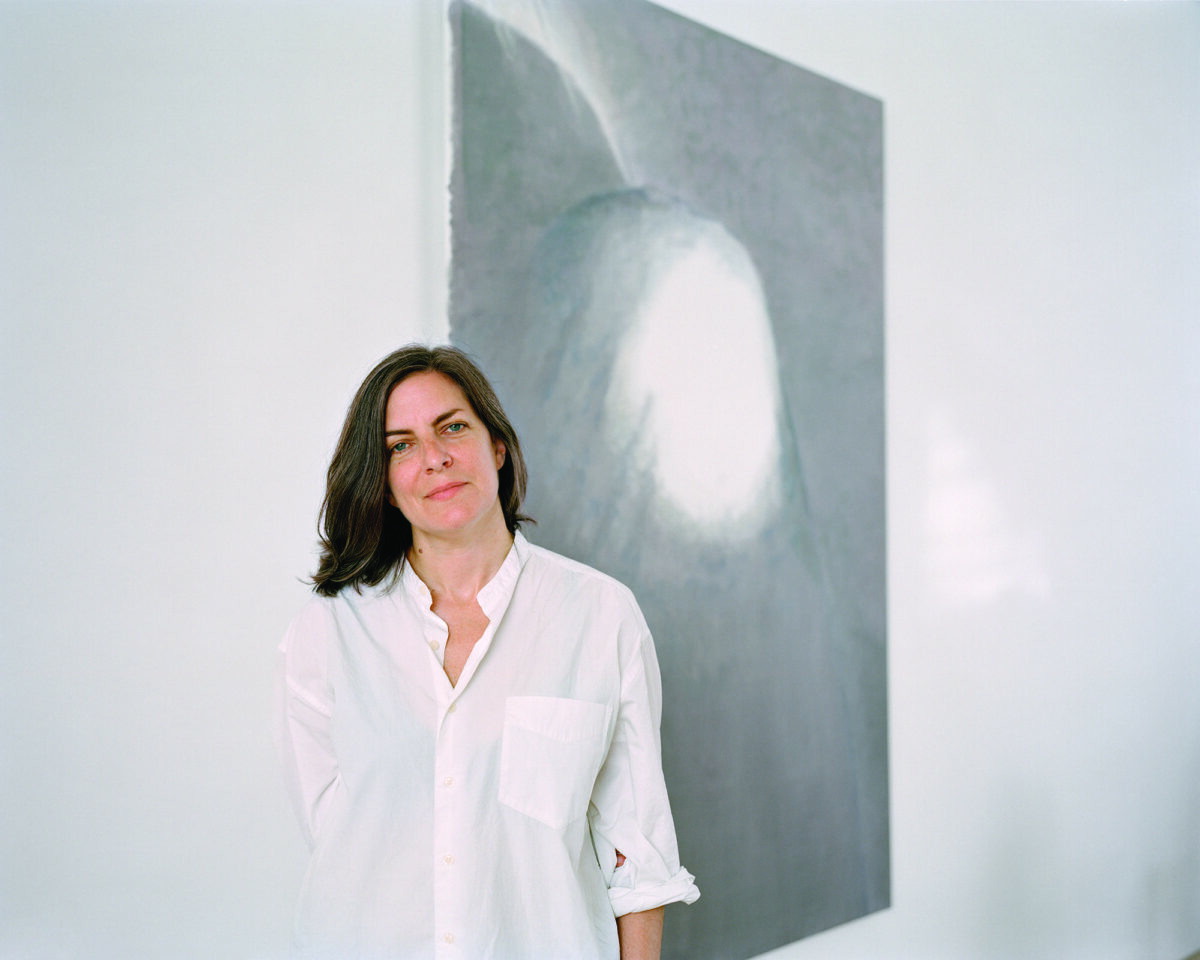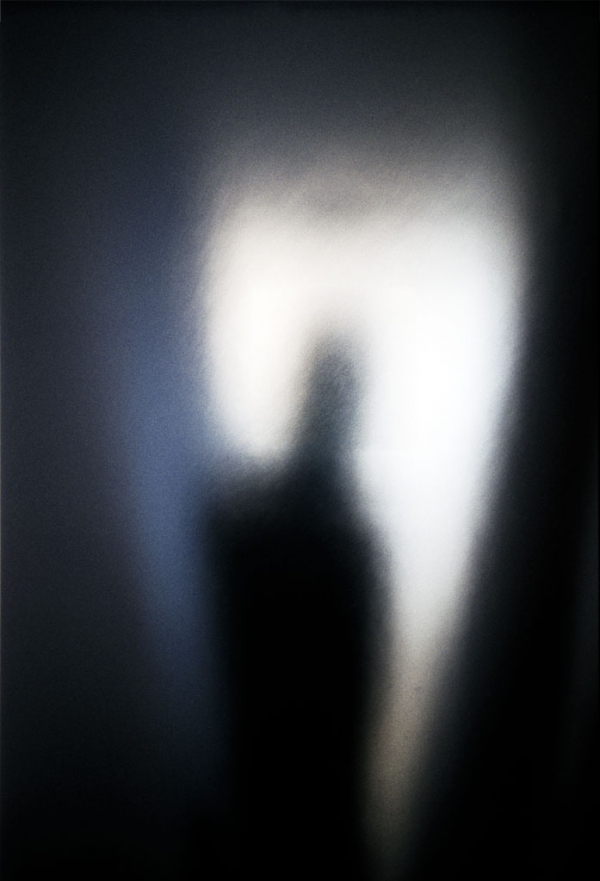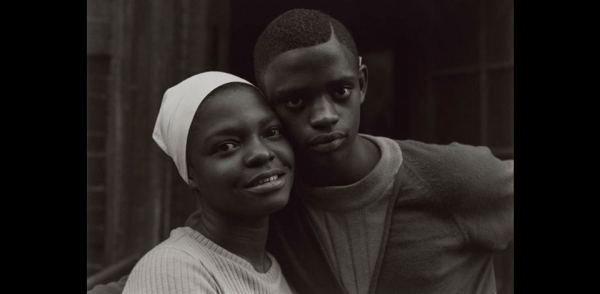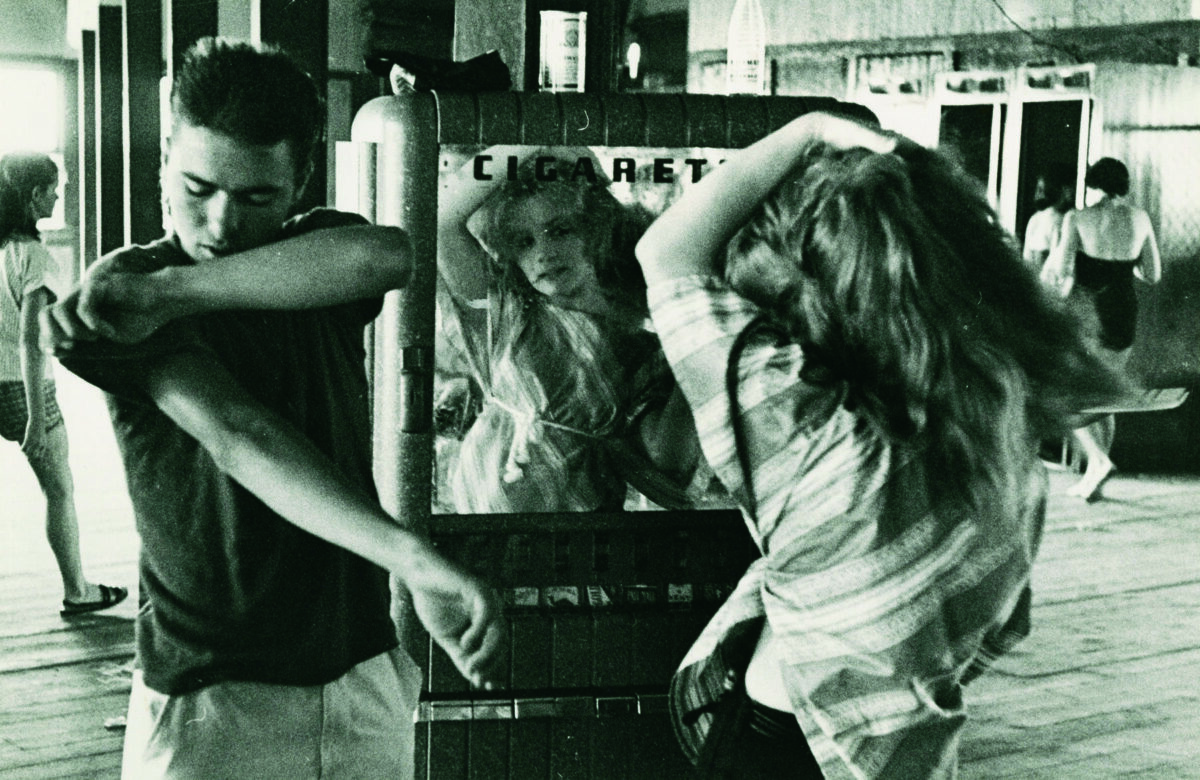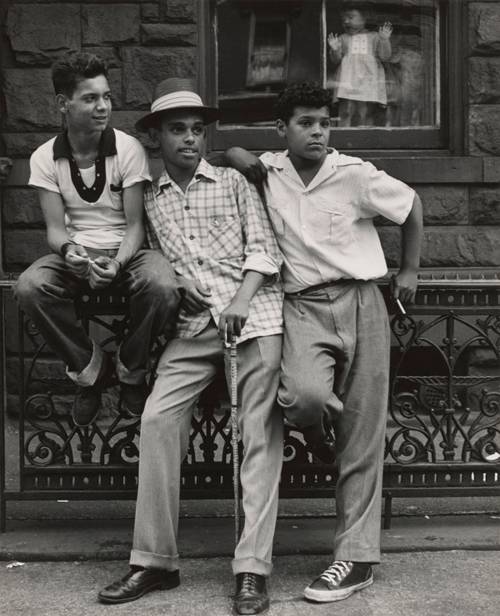What would you choose for a career path? Would you follow your heart or face up to cold, hard facts? Bruce Silverstein, a dealer in classic 20th-century and contemporary photography, found a way to do both, eventually. Part entrepreneur and part aesthete, Silverstein, the son of an artist, discovered after he’d made his fortune on Wall Street that opening a one-man photography gallery in New York at the age of 33 was about as close as you can get to bliss. “I’ve never had more pleasure in my life than when I was mopping those floors, painting the walls, writing the press releases, designing the invitations, and framing the work,” says the dealer, recalling his first space, on West 22nd Street. “I was working with my hands, taking pride in details, making something from nothing—albeit fairly humble by Chelsea standards.”
Today, at 40, Silverstein cuts a sleek figure. He sports a crisp white shirt, striking black-and-white beard, and sits behind a black and chrome desk surrounded by works by Man Ray, Edward Weston, and Andre Kertész. (Lush color Polaroids by Kertész are on view in the gallery through November 24, as are near-abstract black-and-white studies of gently curving fibers by contemporary artist Randy West.) Silverstein’s 24th Street Chelsea gallery is ten times the size of his old one and boasts a staff of six—a long way from the self-described skinny, introverted kid who devoted himself to making art almost every day. Silverstein recalls going for long rides in the car with his father, veteran black-and-white lensman Larry Silver (an artist whom, by the way, Silverstein now represents). “I’d go shooting with him. We’d ride around in the car and talk about what we saw,” he says. “My father always distinguished between looking and seeing. He was an incredible influence on me.”
By the time Silverstein set off for college at Colgate University in 1985, however, he’d also absorbed another, unspoken lesson: how hard it was for a family working in the fine arts to make ends meet. “It was a constant struggle; it was pretty stressful,” Silverstein says. He graduated early, with a degree in economics and math, and set out to work on Wall Street. The stock market was slow in 1989, but he took a job for a small company (now Knight Trading, one of the largest in the world) that was a market maker in listed stocks. He got his broker’s license and within a year he had moved on to another firm. In 1992, Silverstein took advantage of a financial opportunity—the brokering of natural gas and electricity in a deregulated market. He began his own company, yet trying to keep his inner creative life somehow in the picture. “When I started, it was myself and my partner,” Silverstein now reflects. “When I left, we had 70 employees worldwide; we were the biggest in the world. And I was miserable.”
Silver had impressed upon his son the importance of investing in the medium, and all the while he was on Wall Street, Silverstein managed to spend every free moment building a serious personal collection of photographs. Finally, by 2001, he was ready to make “a leap of faith” and move into the art business full time. That said, it was less a leap than a return to his roots. “What is an artist, really?” opines Silverstein, “Someone who creates a product, or who thinks in a particular way? I think back to my high school art teacher. He taught us to focus on process. In fact, we were forced to throw out our artwork at the end of every class. We couldn’t be afraid of erasing and making mistakes, of starting over. It was something I never forgot. Something so simple.”


